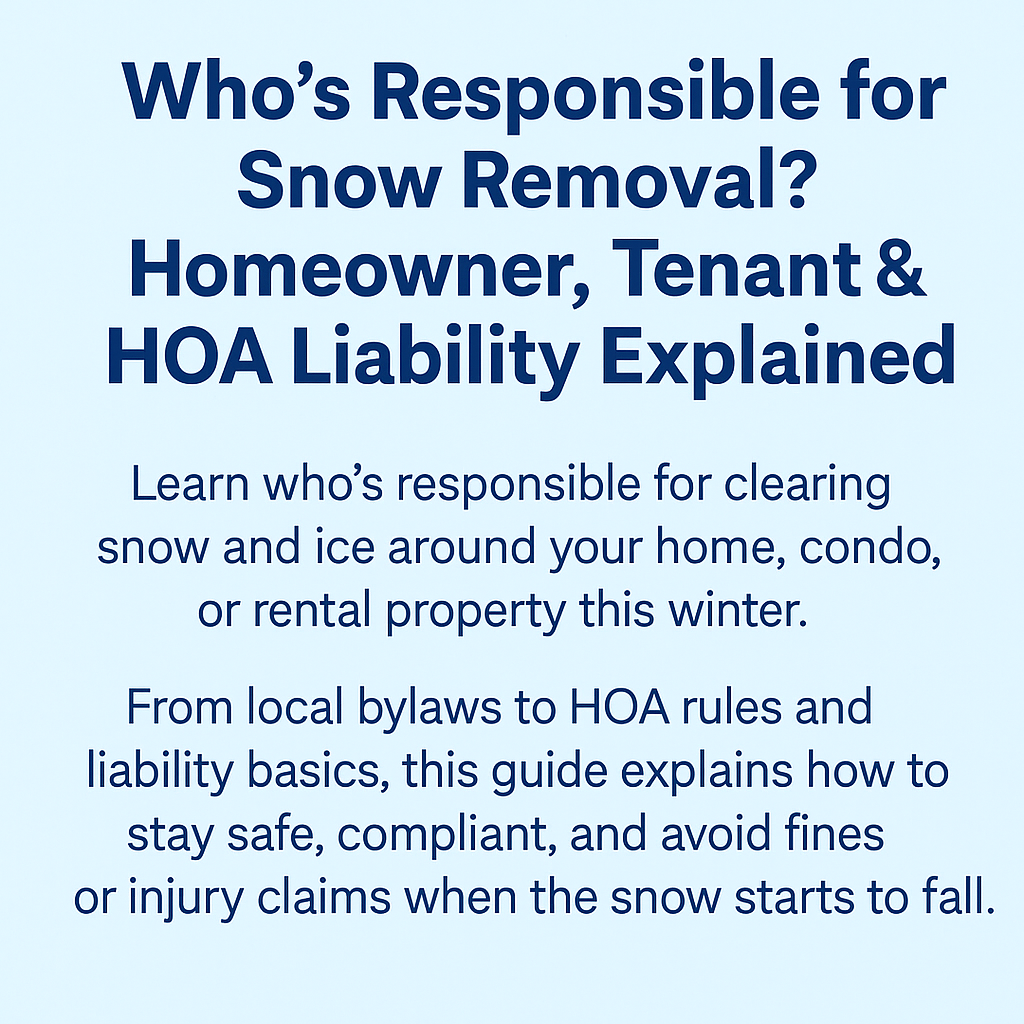Keep your home protected all year. This home maintenance checklist by season shows what to inspect in spring, summer, fall, and winter to prevent costly damage.
Disclaimer: this post may contain affiliate links, and every purchase made through these links will give me a small commission (at absolutely no extra cost for you!) AS AN AMAZON ASSOCIATE AND REWARDSTYLE MEMBER, I EARN FROM QUALIFYING PURCHASES. See Privacy Policy for additional info.
Property ownership comes with a great deal of responsibility beyond just paying the bills. To keep your home ship-shape, you must schedule in regular maintenance tasks or else risk problems surfacing later on.
When bad weather hits, you want your home to be in the best possible condition to withstand torrential rain, flooding, storms, and below-freezing temperatures. It also helps to be prepared or face panic Googling "storm damage restoration near me" if the worst should happen.
Why is Regular Maintenance Important?
While the interiors require cleaning to ensure that they don't look tired and to keep the home environment sanitary, the property's structure also needs attention every now and again. Parts of your home, like the guttering, drains, roof, windows, and doors, should not be neglected. They are essential to the proper functioning of your property.
That's why scheduling regular maintenance checks throughout the year is essential. These checks will help you spot potential problems before they cause costly damage. A damp patch on the ceiling could be a sign that you need to investigate possible roof issues and so on. By ignoring this, you could need to replaster areas of the ceiling and adjoining wall.
Waiting for a problem to occur is an expensive way of dealing with property restoration. Therefore, set aside time to examine your home for signs of wear and tear.
What to Check and When?
The seasons each bring potential spells of extreme weather that can cause damage to your home. That's why, to simplify matters, you can organize your home maintenance checks by season. This way, you pay particular attention to areas of the home that might be more affected by different types of seasonal weather.
Spring
As the weather improves, you might want to check your home for any possible damage done to it over the winter months. This includes an accumulation of dead leaves and dirt lining your guttering. Freezing temperatures could also have affected pipes and exterior walls, so look out for cracks that could lead to leaks or structural damage later on.
In the garden, you might want to prepare the flower beds, vegetable patches, and lawn for spring and summer by weeding and removing piles of leaves. It's also a good idea to clean patios and pathways, as they might be covered in mud and moss and become possible slip hazards.
Summer
If you live in an area blighted by mosquitoes and other pesky insects, make sure that any nets or screens you have across windows and doors are in good condition. Check them over for holes and patch repair or replace the screens to ensure that these blood-sucking beasts don't enter your home over summer.
Just before summer really heats up, make sure that you test your air conditioning units. You could be in for a nasty surprise if you wait until you need your AC to test it out.
Fall
Although hurricane season spans the summer and fall, peak storm activity typically occurs from mid-August until October. Therefore, as the days start to shorten, you can expect storms to hit.
At the start of fall, make sure that your windows and doors shut securely and your roof shows no signs of damage. Also, repeat spring's guttering check and clear out any debris. The gutter could split if not regularly cleaned, causing leaks and dampening walls.
Outside of the property, ensure that any loose objects, such as garden furniture, are put away. With winter on the way, you won't be using them, so packing away loungers and swing chairs will help to keep them in better condition for next year. Loose objects could be lifted up by strong winds and hurled at window panes, causing easily preventable damage.
Winter
The colder temperatures are a threat to your home and wallet over winter. Keep draughts out by checking for gaps around window and door frames. You can either get these fitted properly or buy draught excluders to block out any cold gusts.
Frozen pipes are another common winter problem. This can be remedied by insulating pipes in vulnerable areas of the house, such as the garage. Make sure that you also test your heating system before the cold weather sets in.
Other Year-Round Maintenance Tips You Need to Know
To wrap up your year of maintenance checks, here are a few extra pointers that will keep your home looking beautiful day in and day out.
- Regularly cleaning appliances such as dishwashers and removing lint from dryers are tasks that will extend the life of everyday equipment and reduce fire risk, too.
- Decluttering will not only improve the aesthetics of your home but also remove possible trip hazards.
- Test your smoke and carbon monoxide detectors to ensure the whole family's safety.
- Keep food properly sealed to discourage pests and schedule an inspection if you suspect an infestation.
- Get into the practice of airing out your home for an hour or so each day to improve air quality.
With frequent maintenance checks and proper preparation, your home will withstand the worst each season offers.
Final Thoughts on Home Maintenance Checklist by Season
Establishing a proactive home maintenance routine will protect both the integrity and value of your property. Seasonal checklists allow you to focus on the areas most at risk throughout the year, reducing the likelihood of unexpected repairs and expensive restoration work. By taking a little time each season to inspect, clean, and prepare key elements of your home, you ensure a safer, more comfortable living environment that stands strong against whatever weather comes your way.








Leave a Reply